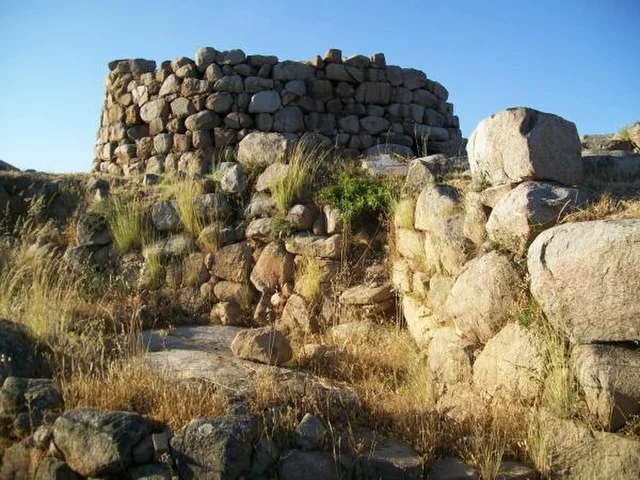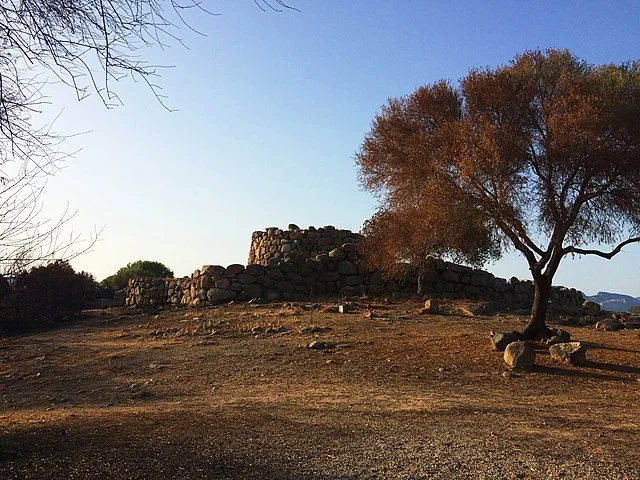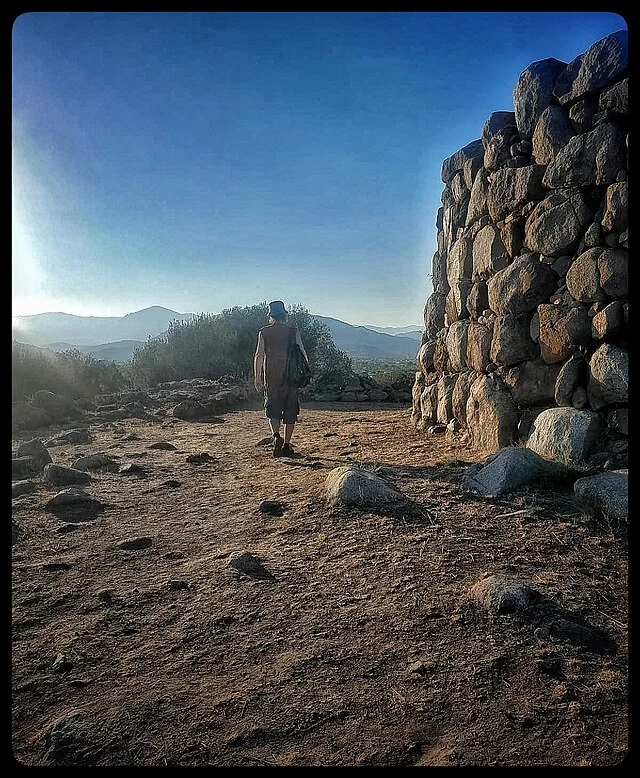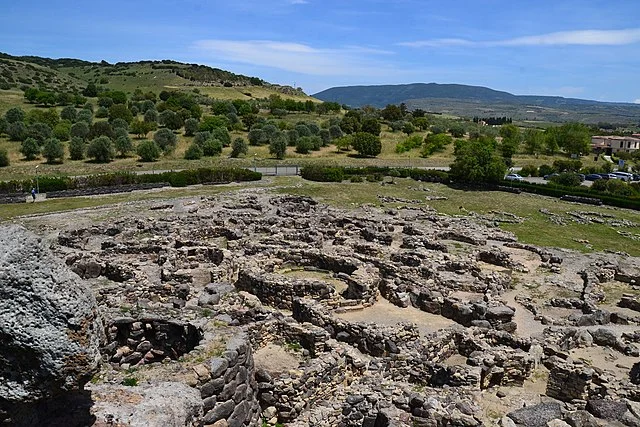Nuraghe S’Ortali ‘e Su Monti is a significant archaeological site located in Sardinia, Italy. This nuragic complex provides insights into the Nuragic civilization that flourished on the island from around 1500 BC to 500 BC. The site consists of a large central tower and various surrounding structures, reflecting the architectural and social organization of its time.
Get your dose of History via Email
Historical Context

The Nuragic civilization is unique to Sardinia. It emerged during the Bronze Age and lasted into the Iron Age. Nuraghi served various functions, including religious, social, and defensive purposes. Scholars believe that these structures represented power and served as symbols of community identity.
Architectural Features

Nuraghe S’Ortali ‘e Su Monti features a trilobate layout. It consists of three main towers arranged around a central courtyard. The towers, made of large stones, showcase the construction techniques of the Nuragic people. The site also includes a well-preserved entrance and a series of inner chambers, which likely served various communal and ceremonial functions.
The most distinctive aspect of the structure is the use of corbel vaulting. This technique allows for the creation of domed ceilings within the towers, demonstrating advanced engineering skills. The site’s strategic location on a hilltop provides a commanding view of the surrounding landscape, enhancing its defensive capabilities.
Archaeological Discoveries

Excavations at Nuraghe S’Ortali ‘e Su Monti have uncovered numerous artifacts. These include pottery, tools, and items related to daily life. The findings suggest that the site was not only a defensive stronghold but also a center for trade and cultural exchange.
One significant discovery is the presence of a sacred well, which indicates religious practices associated with water. Archaeologists found offerings, including small statues and votive objects, suggesting the well held ritual significance for the Nuragic people.
Cultural Significance

Nuraghe S’Ortali ‘e Su Monti exemplifies the complexity of Nuragic society. The architecture and artifacts reflect a community engaged in agricultural and pastoral activities. The site also highlights the importance of water in Nuragic culture, as evidenced by the sacred well.
Scholars continue to study the site to better understand the social structures and cultural practices of the Nuragic civilization. The findings contribute to a broader understanding of the prehistoric Mediterranean world.
Preservation and Tourism
Today, Nuraghe S’Ortali ‘e Su Monti is a protected archaeological site. Efforts to preserve and promote the site have increased its visibility. It attracts scholars, tourists, and history enthusiasts interested in the Nuragic civilization.
Visitor facilities provide information about the site’s history and significance. Guided tours offer deeper insights into the architectural features and archaeological findings, enhancing the visitor experience.
Conclusion
Nuraghe S’Ortali ‘e Su Monti stands as a testament to the ingenuity and cultural richness of the Nuragic civilization. Its architectural features, along with the discoveries made at the site, provide valuable information about life in ancient Sardinia. Continued research and preservation efforts will ensure that this remarkable site remains an important part of our understanding of prehistoric Mediterranean history.
Source:

